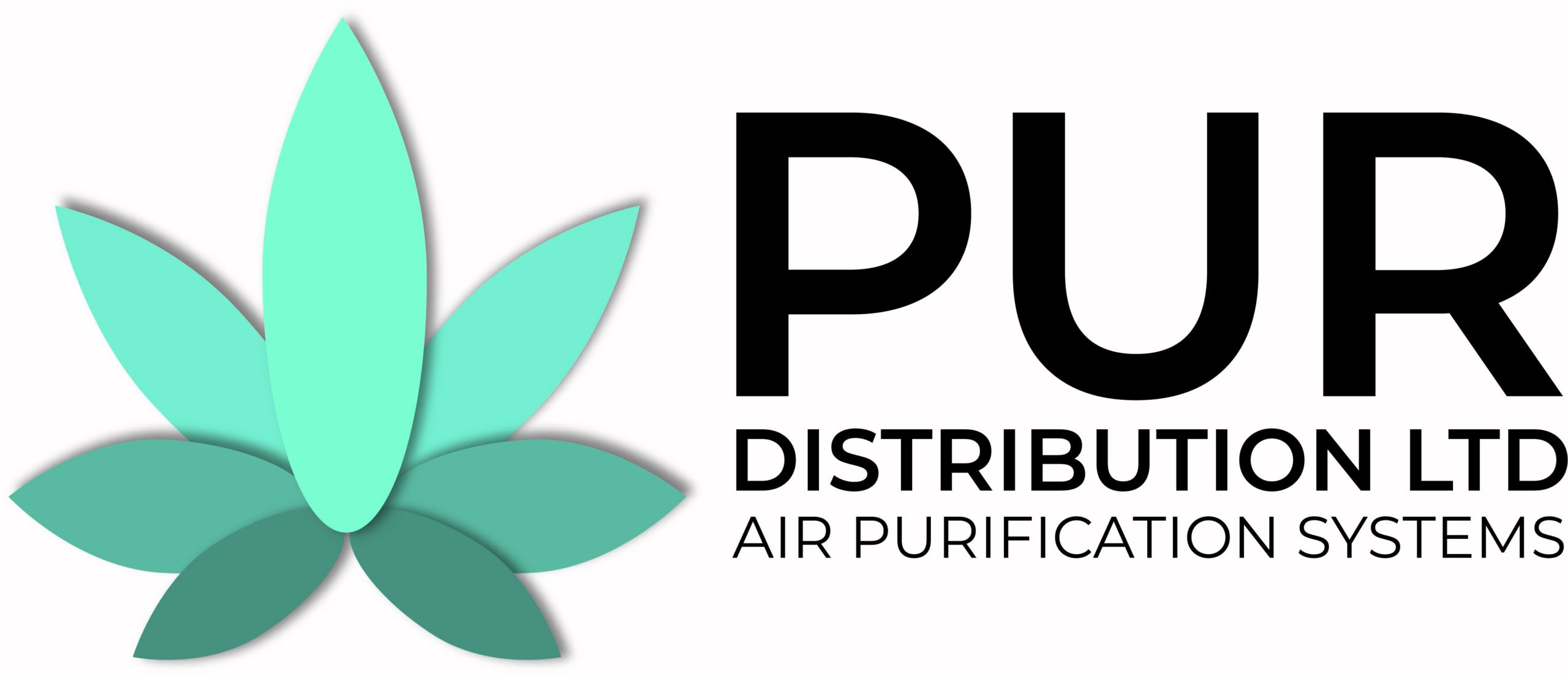Preparing for Fall Allergies

With cooler weather comes the changing of the foliage, and the weeds and other plants that release pollen into the air. Don’t forget about the mold that will grow under those fallen leaves. These are just a few of the allergy triggers that resurface in the fall.
We often think of the springtime as the time of year when allergy sufferers are experience the worst of it. However, the fall is also a time of great sufferance too.
Ragweed

We have all heard of ragweed. It is the biggest allergy trigger in the fall. A single ragweed plant can produce up to 1 billion grains of pollen per season. This yellow flowering weed usually starts to release pollen with cool nights and warm days in August and can last well into September and October, until the first freeze kills the plant. We don’t have to have ragweed growing in your backyard to have a reaction. Ragweed pollen can travel for hundreds of miles through the air.
Mold
Another allergy that is common in the fall is mold. Mold spore counts tend to rise dramatically in the fall with falling leaves and dying plants. Mold grows in any damp space: both indoor and outdoors. It is easy to bring outdoor mold inside your home under your shoes, or by bringing leaves/ plants indoors. Molds thrive in the decomposing plant matter and their spores too, float into the air.
Dust Mites
Although dust mites are (unfortunately) common in all homes, they too, love moist or humid places. They are microscopic and feed primarily on flakes of human skin that are shed naturally around the home. The fall time is the season that sometimes will require you to turn on your heating system on cold nights. Furnaces and filters are often places that dust mites love to hide. Always change/replace your furnace filter before turning on your furnace for the first time to alleviate any allergy triggers.
Back to School and Fall Allergies

“Back-to school” time often marks the onset of weed pollination and resurgence of allergy symptoms. Allergies in children increase in the fall because mold and dust mites are very common in schools.
How to reduce Fall Allergies:
- Stay indoors and keep windows and doors closed.
- Check pollen count and plan accordingly
- Check weather forecast. Weather affects allergies i.e: high pollen count and high winds
- Keep home clean- installing a HEPA air purifier to trap allergens in your home or the outdoor ones you bring in.
Do air purifiers really work to prevent allergies?
Air purifiers with a HEPA (High Efficiency Particulate Air) filter are very helpful for allergy, or even asthma sufferers because they remove particles as small as 0.3 microns as well as household dust and other harmful particles such as pollen, pet dander, dust mites and even smoke. HEPA filtration is the gold standard for filtering the air of allergens THIS FILTER IS KEY TO ALLERGY RELIEF. People with allergies note a significant improvement in symptoms with the use of an air purifier.
Air purifiers usually consist of a filter, or multiple filters, and a fan that sucks in and circulates air. As air moves through the filter, pollutants and particles are captured and the clean air is pushed back into the living space.
PUR Distribution – PDHEPADM 400 VS

The PUR Distribution PDHEPADM 400 VS is a three stage duct or wall mount HEPA air cleaner. If duct mounted, millions of airborne particulates and gases travel through the heating/cooling system 4-5 times every hour! This air cleaner connects to the return air duct and diverts 1/3 to ½ of the dirty air through a sealed 3-stage filtration system. The air passes through an efficient pleated MERV 11 Pre filter to remove lint and large particles to extend the life of the HEPA filter. The Activated Carbon Pre filter removes odours before they enter the HEPA filter. Smaller particles then pass through a long-life, HEPA Media filter which captures 99.97% of particles 0.3 micron (1/84,000 of an inch) and larger. This HEPA filter has more than 40 ft2 of collection surface area. Clean air is discharged back into the return air duct. Your home can reach 39 or more whole-home air changes per day (depending on the size of the house).
This compact unit can be installed on any wall surface in any room. Many school boards have invested in this unit for classrooms, gymnasiums, offices and libraries. It can be mounted easily and has openings on the top and bottom of the unit for intake of dirty air and exhaust of purified air.
There are many options of air purifiers that we carry for different applications and varying needs. Please browse through our website to learn more about the different models that we offer.
Contact the experts at PUR Distribution
PHONE
416.410.3450
